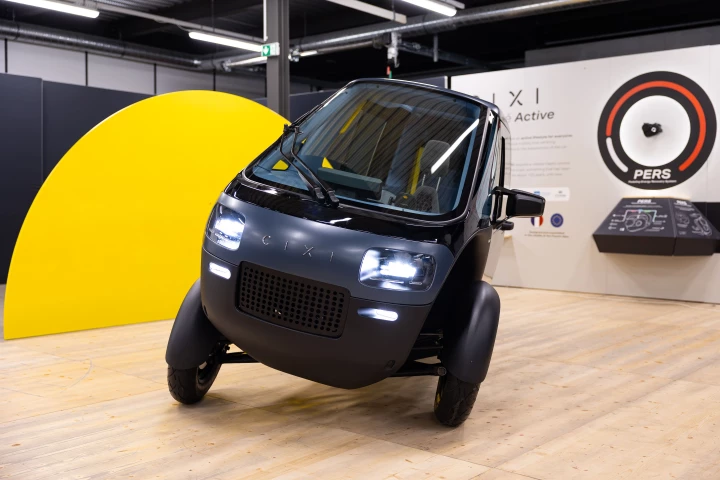Much has changed in camera design over the years, but snapping photos and shooting video still invariably requires a lens to capture light and focus on a subject. But if a camera could somehow replicate this process digitally, making relatively chunky lens attachments completely unnecessary, what would be left to look at? Well, going by new research underway at Rice University, not really much at all. Engineers have produced a functional camera that is thinner than a dime, raising the possibility of tiny, flexible versions that could one day be embedded in everything from your wallpaper to your credit card.
Aptly dubbed FlatCam, the device is the handiwork of electrical and computer engineers at Rice University who are looking to challenge what an imaging device looks like. While smartphones have brought about a huge reduction in the size of cameras, they do still require a lens, which necessitates a three-dimensional cube-like shape. This ties the possible surface area of the sensor to the thickness of the device, and because sensor size dictates the ability to collect light, means performance is often compromised in smaller cameras.
This is one of the design challenges the team is seeking to overcome, looking to harness the enhanced light collection of a larger sensor, while maintaining a compact form, albeit in a different shape. The way the've approached this is by turning to one of the camera's very early iterations, the pinhole camera design. Where these first cameras had a single hole, allowing light to pass through and project onto a surface, the FlatCam has a mask over its off-the-shelf sensor dotted with a grid-like pattern of different aperture sizes.
These allow different light data through onto the sensor, which is then relayed to a desktop computer where algorithms use the information to construct an image. In its current form, FlatCam can produce with a resolution of 512 x 512 in seconds, though the researchers say that as manufacturing techniques and the algorithms progress, so too will the resolution of the images.

While the images snapped with FlatCam won't be winning any photography contests, the researchers say it is still early days and the concept opens up all kinds of possibilities, with work already underway on the next generation.
"We can make curved cameras, or wallpaper that's actually a camera," says Richard Baraniuk, professor of electrical and computer engineering at Rice University. "You can have a camera on your credit card or a camera in an ultrathin tablet computer."
Other potential uses for super-thin cameras include disaster relief and security applications. And as there is no lens involved, the costs associated with manufacturing and then attaching them to a camera would be avoided, making the FlatCam a cheap alternative.
You can read a paper outlining the research online here.
The video below features the researchers giving an overview of the device.
Source: Rice University











